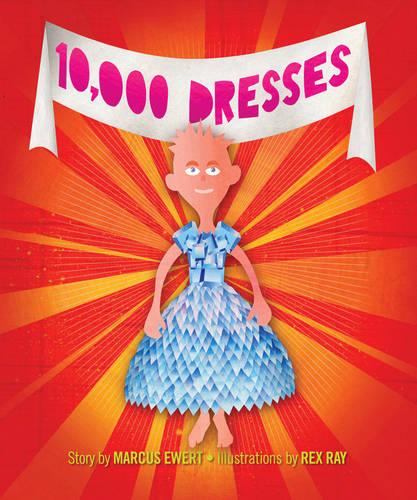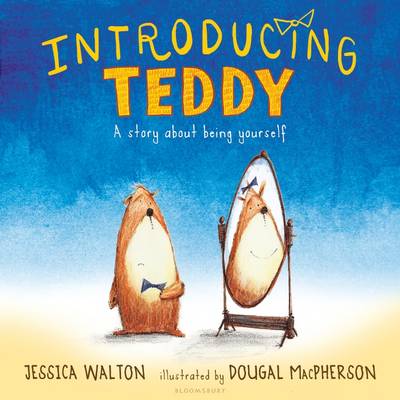Transgender awareness KS2-3 Andrew Moffat
|
Text: 10,000 dresses by Marcus Ewert and
Rex Ray
|
|
Resources: I am Leo programmme - CBBC
|
|
SEAL Outcomes: Getting on and
falling out: I try to recognise when I or other people are pre-judging people
and I make an effort to overcome my own assumptions
Good
to be me: I accept myself for who and what I am
|
|
LI To
consider what it means to be transgender
|
|
Starter: Check
understanding of LGBT- in small groups children come up with definitions
|
|
Main : Read 10,000 dresses. At the
beginning of the story do we think Bailey is a boy or a girl? What makes us
think that? Does Bailey feel like a boy? Does Bailey feel like a girl? At no
point in the story does Bailey identify as a boy or a girl; does wearing a
dress make a child a girl?
Bailey’s
family keep saying Bailey is wrong to want to wear a dress; how do you think
this makes Bailey feel? What changes everything for Bailey? (meeting Laurel)
Does Laurel make any comment about Bailey being a boy or a girl? Does Laurel
care if Bailey is a boy or a girl?
What
does transgender mean? (We are all assigned a gender at birth. Some people feel
different to the gender they were assigned at birth; they live as the gender
they identify with)
|
|
Student led activity: whole class: watch the CBBC “My
Life” series episode 1 “I am Leo” on youtube . 28 minutes long, very positive
and perfect for understanding about life as a transgender child. https://www.youtube.com/watch?v=0x_u2cs8DpI
Independent
activity: In pairs children discuss and answer the following questions:
How
does Leo describe what transgender means/ How did Mum feel at first when Lily
became Leo? What did she do?/ Why is Leo’s passport so important to him/ What
went wrong at primary School and why? / What do you think Primary School
should have done differently / How did Steven Whittle change the law?
|
|
Plenary: If Bailey, or Leo
came to our school what would be the response? Do we accept children for who
they are without judgement? Remind children of the No Outsiders school ethos.
What would you do if you heard others saying negative remarks to Bailey or
Leo?
|
|
Suggested
AFL questions: Today I have learned…/ Transgender means..... / If someone was Transgender in my class
I would…
|
For more equality and diversity lesson plans see "No Outsiders in our school: Teaching the Equality Act in Primary Schools" by Andrew Moffat www.speechmark.net

